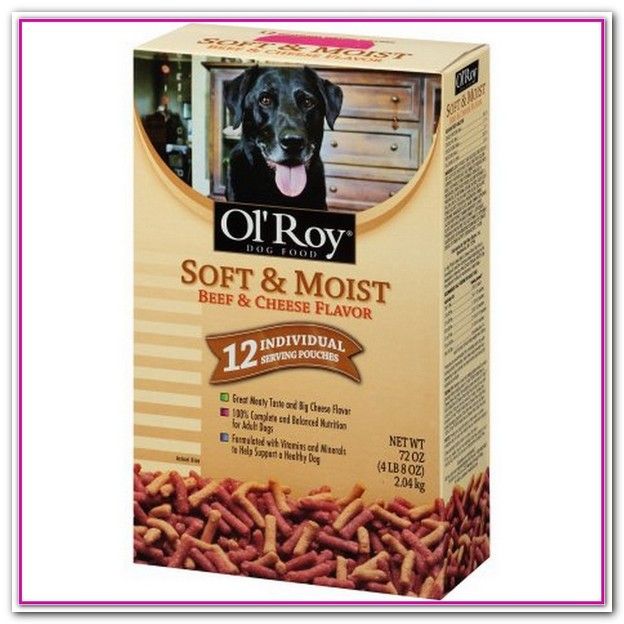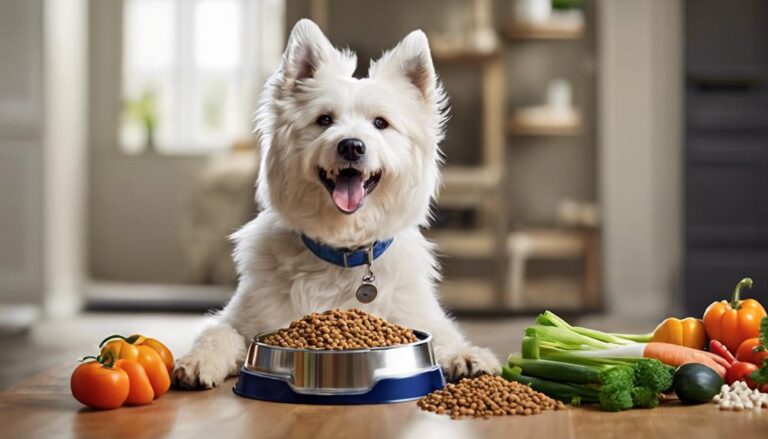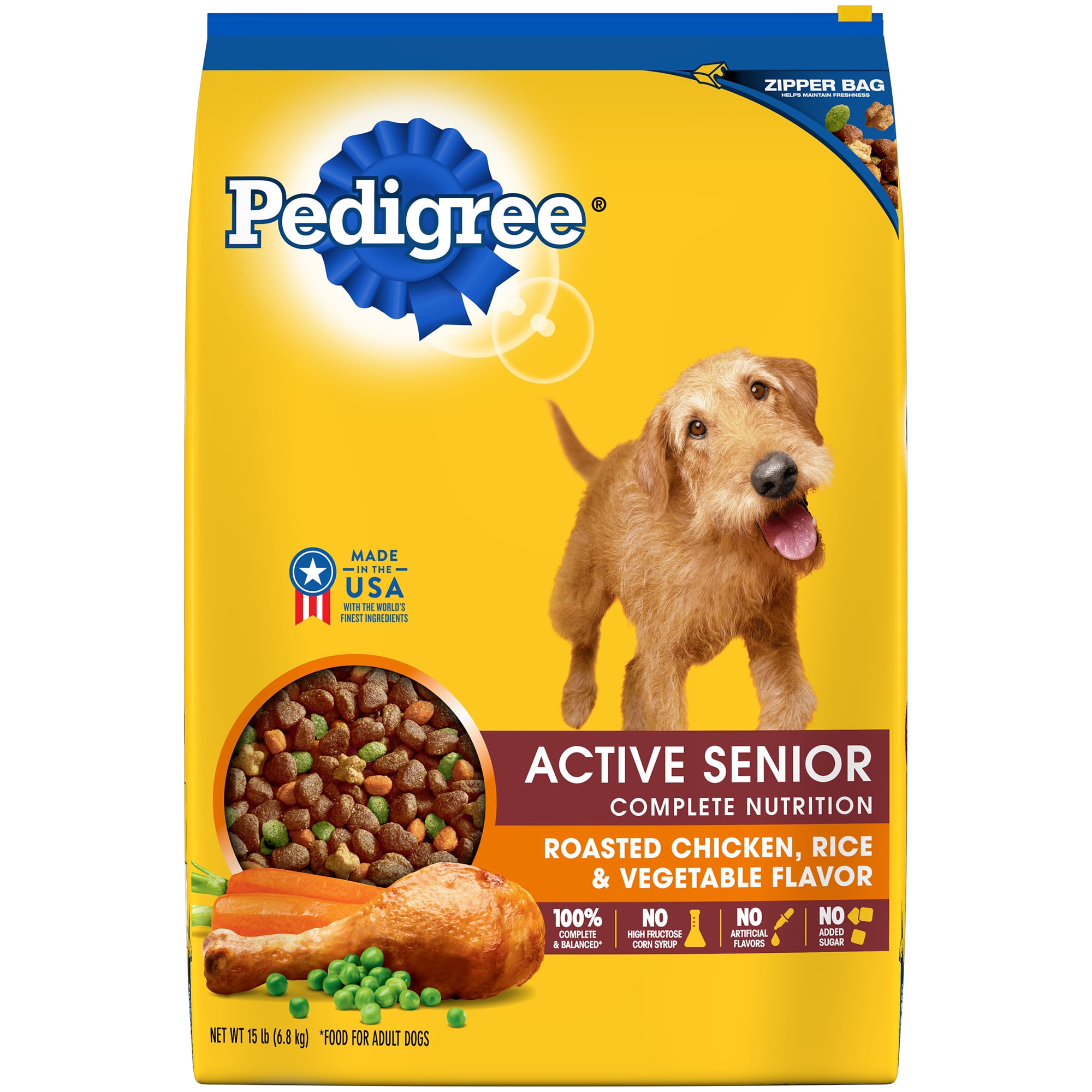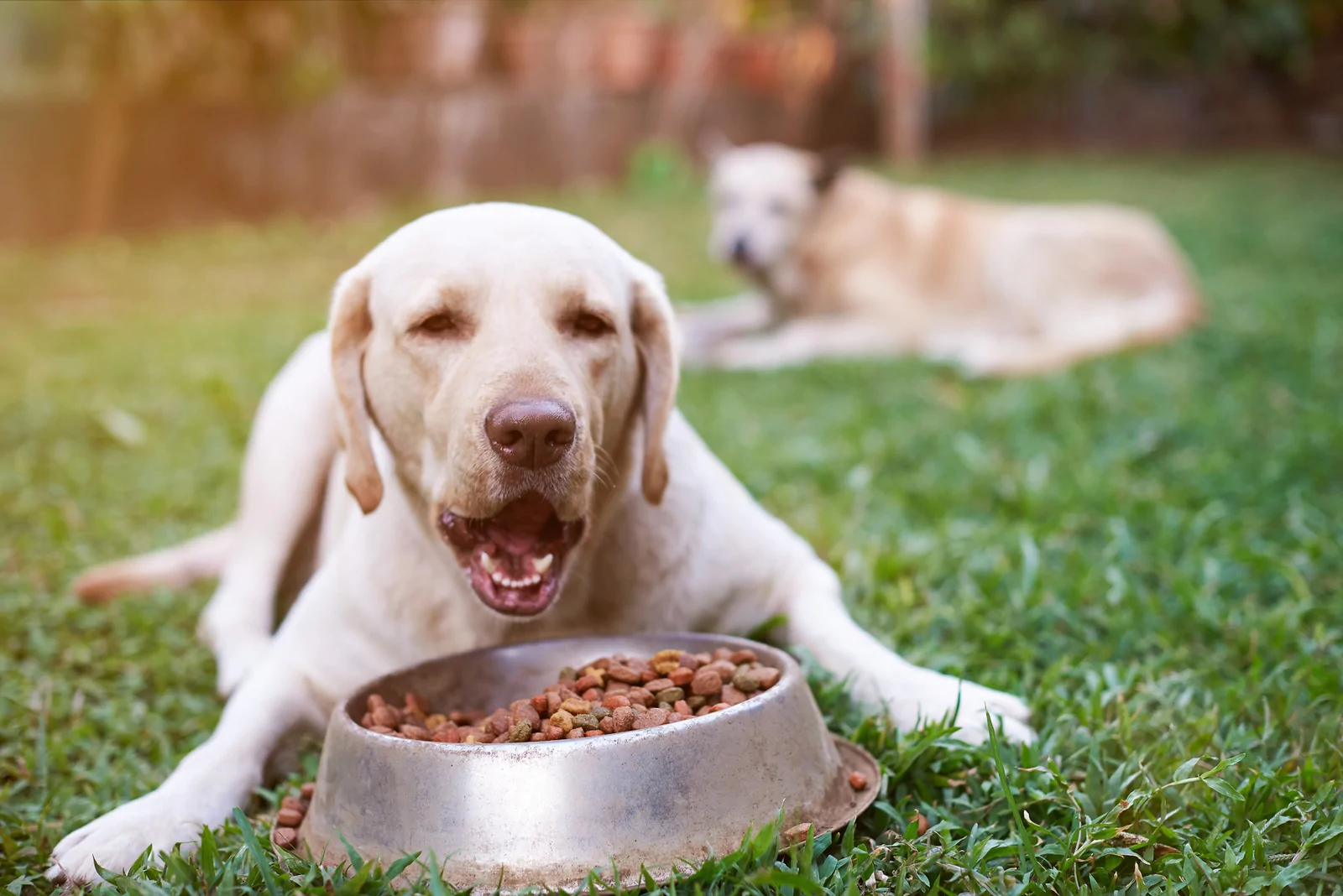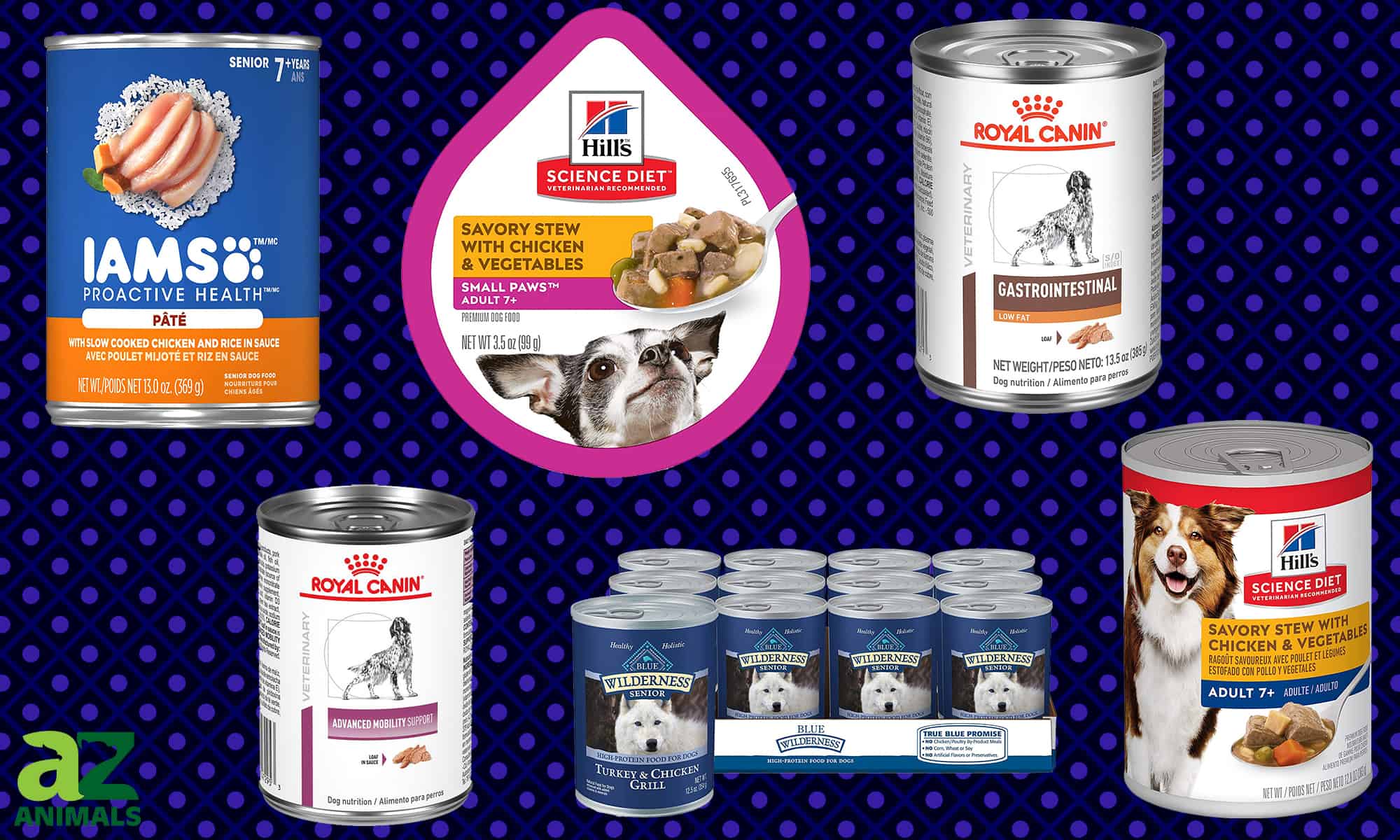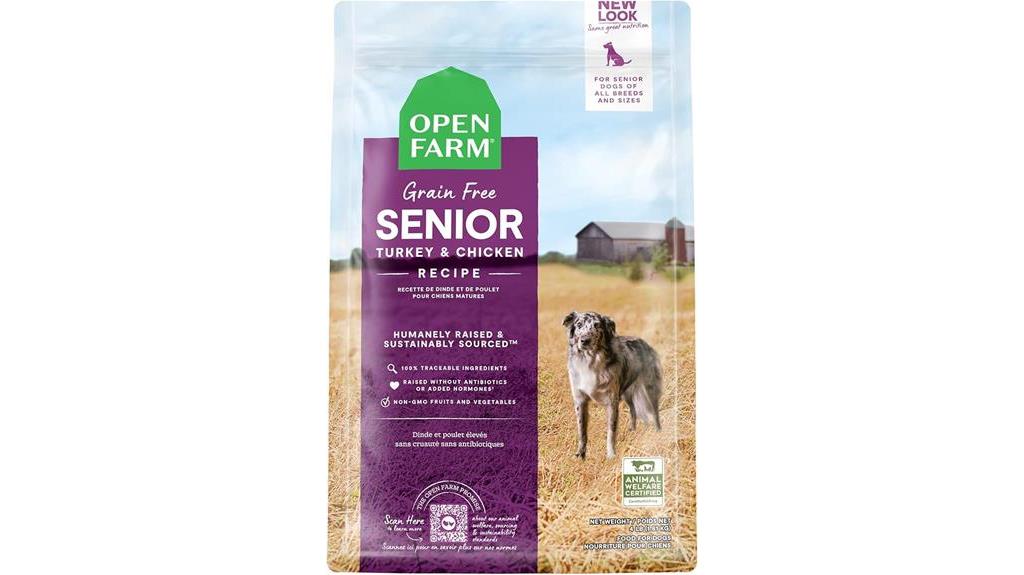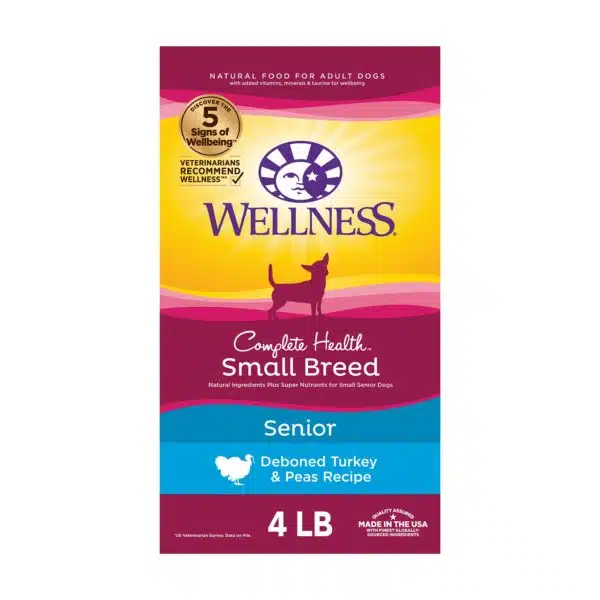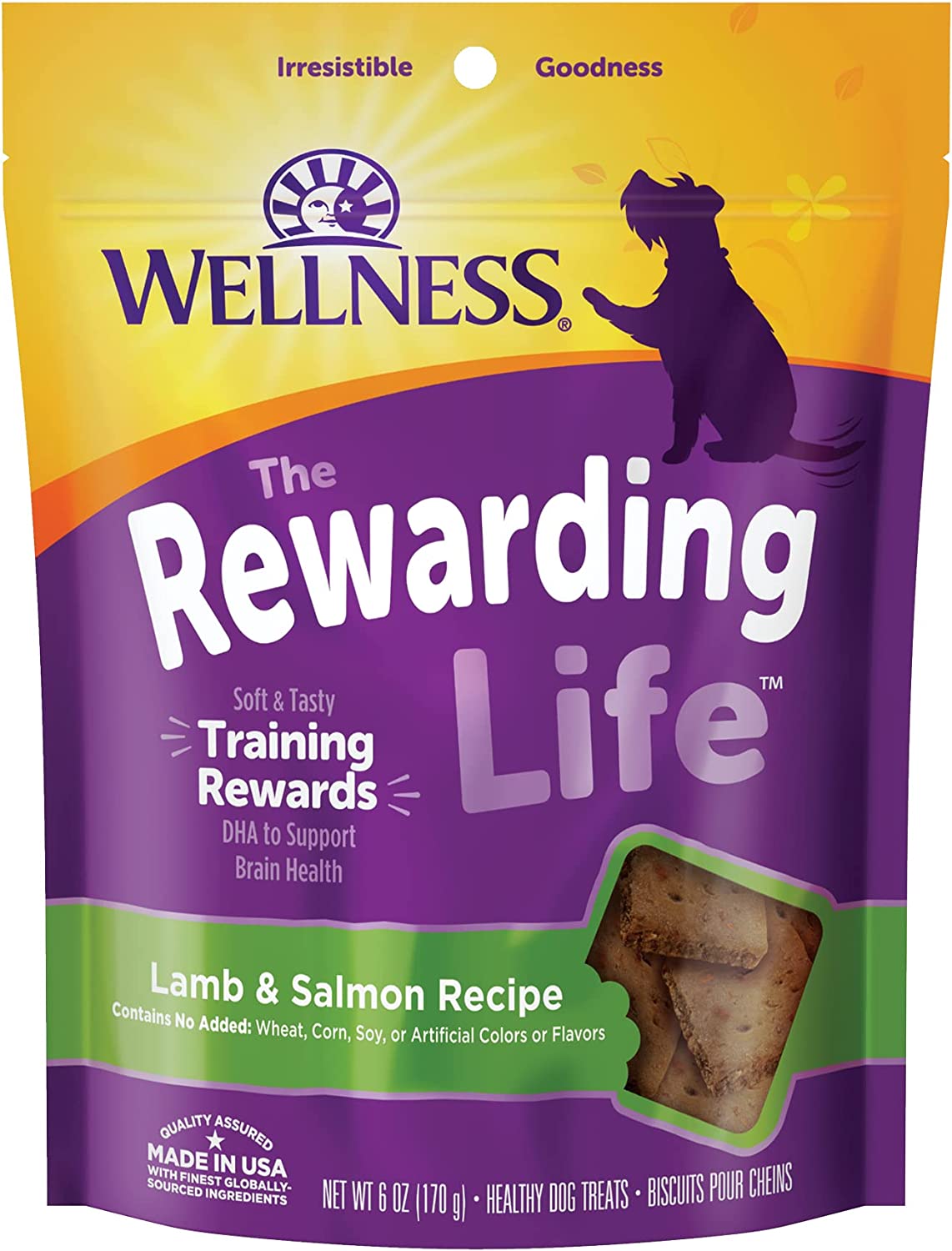Softer Dog Food For Older Dogs

Imagine the scene: A cozy living room bathed in the warm glow of a late afternoon sun. A gentle breeze whispers through the open window, carrying the scent of blooming flowers. On a plush, well-loved dog bed, lies Bailey, a golden retriever with a muzzle dusted silver by time. She watches her owner, Sarah, with patient, loving eyes as Sarah carefully prepares a bowl of soft, palatable food, knowing that Bailey's golden years require a little extra care.
The move to softer dog food for older dogs isn't just about easing their mealtime; it's a critical step in maintaining their health, comfort, and overall quality of life. As dogs age, they often experience dental issues, reduced appetite, and digestive sensitivities, making the transition to softer textures not just a preference, but a necessity.
Understanding the Needs of Senior Dogs
Just like humans, dogs undergo a series of physiological changes as they enter their senior years. The American Animal Hospital Association (AAHA) suggests that small dogs are considered seniors around age 11, while larger breeds may reach senior status as early as age 7 or 8.
These changes can significantly impact their ability to eat and digest their regular food. It's crucial to understand these changes to make informed decisions about their diet.
Common Challenges Faced by Aging Dogs
One of the most common challenges is dental disease. According to the American Veterinary Dental College, a significant percentage of dogs over the age of three show some signs of periodontal disease.
This can lead to painful chewing, making hard kibble difficult and even unbearable. Reduced saliva production, another age-related change, can further exacerbate the problem, making it harder for dogs to break down dry food.
Beyond dental issues, many older dogs experience a decline in their sense of smell and taste. This can result in a decreased appetite, making it challenging to ensure they're getting the necessary nutrients.
Digestive systems also become less efficient with age, leading to potential issues like constipation or increased sensitivity to certain ingredients. It's not uncommon for senior dogs to develop conditions like inflammatory bowel disease (IBD) or decreased absorption of vital nutrients.
The Benefits of Softer Food
Transitioning to softer food can address many of the challenges faced by aging dogs, offering a multitude of benefits that contribute to their comfort and well-being.
The most obvious benefit is the ease of chewing. Softer food eliminates the need for vigorous mastication, making it easier for dogs with dental problems to eat without pain. This can encourage them to eat more, preventing weight loss and ensuring they receive adequate nutrition.
Moist food also aids digestion. The added moisture helps to lubricate the digestive tract, making it easier for food to pass through and reducing the risk of constipation. Hydration is also crucial for senior dogs, as they may be less inclined to drink water regularly.
Moreover, some softer food options are specifically formulated with higher levels of protein and essential nutrients, catering to the specific needs of older dogs. These formulas often include glucosamine and chondroitin to support joint health, as well as antioxidants to boost their immune system.
Types of Softer Dog Food
There are several options available when considering softer food for senior dogs. These range from commercially prepared wet food to homemade alternatives, each with its own set of advantages and considerations.
Commercially Prepared Wet Food
Commercially prepared wet food is a convenient and readily available option. It typically comes in cans or pouches and offers a variety of flavors and formulations designed for senior dogs.
These foods are often highly palatable and nutritionally balanced, providing a complete and balanced diet. Be sure to choose a brand that uses high-quality ingredients and avoid those with excessive fillers or artificial additives.
Rehydrated Dry Food
Another option is to rehydrate your dog's existing dry food with warm water or broth. This softens the kibble, making it easier to chew and digest. It also adds moisture, which can be beneficial for hydration.
This method allows you to maintain a consistent diet while adjusting the texture to suit your dog's needs. It's important to ensure that the food is thoroughly softened before serving and to discard any uneaten portions promptly to prevent spoilage.
Homemade Soft Food
For pet owners who prefer to have greater control over their dog's diet, homemade soft food can be a viable option. This involves preparing meals from scratch using fresh, wholesome ingredients.
Consulting with a veterinarian or veterinary nutritionist is crucial to ensure that the homemade diet is balanced and meets your dog's specific nutritional requirements. Ingredients like cooked chicken, rice, sweet potatoes, and carrots are often used in homemade diets for senior dogs.
Dr. Emily Carter, a veterinary nutritionist, advises that "homemade diets can be very beneficial, but they require careful planning and attention to detail to ensure that all nutritional needs are met."
Making the Transition
When transitioning your dog to softer food, it's important to do so gradually to avoid digestive upset. A sudden change in diet can lead to diarrhea or vomiting.
Start by mixing a small amount of the softer food with your dog's regular food, gradually increasing the proportion of the softer food over a period of several days to a week. Monitor your dog's stool consistency and appetite closely during the transition.
If you notice any signs of digestive upset, slow down the transition or consult with your veterinarian. Always ensure that your dog has access to fresh, clean water, especially when feeding wet food.
Beyond Food: Comprehensive Senior Dog Care
While dietary changes are essential for senior dog care, they are just one piece of the puzzle. Regular veterinary checkups, appropriate exercise, and mental stimulation are equally important.
Senior dogs benefit from more frequent veterinary visits, allowing your veterinarian to monitor their health and detect any potential problems early on. Regular exercise, tailored to their physical abilities, helps to maintain muscle mass and joint mobility.
Mental stimulation, such as puzzle toys or short training sessions, keeps their minds sharp and prevents cognitive decline. Remember that every dog is an individual, and their needs will vary depending on their breed, size, and overall health.
The Rewards of Caring for a Senior Dog
Caring for a senior dog requires patience, understanding, and a willingness to adapt to their changing needs. However, the rewards are immeasurable.
Senior dogs offer unconditional love, unwavering loyalty, and a quiet companionship that is truly special. By providing them with the care and attention they need, you can ensure that their golden years are filled with comfort, joy, and a strong bond that lasts a lifetime.
As Sarah watches Bailey contentedly munch on her softened food, she knows that the extra effort is worth it. She sees not just an aging dog, but a cherished friend, a beloved family member whose presence enriches her life in countless ways. And in those gentle eyes, she sees gratitude, love, and a silent promise of many more shared moments to come. Embrace the senior years, for they are a testament to the enduring power of the human-animal bond.

